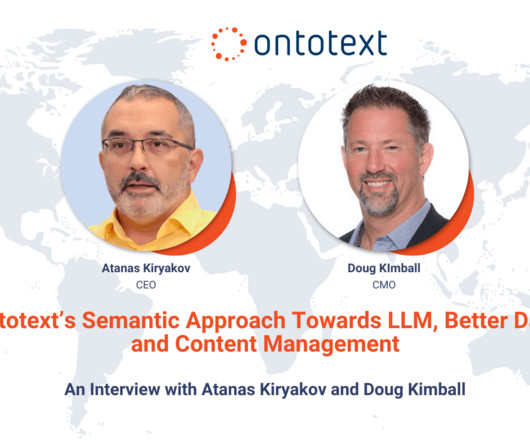What is NLP? Natural language processing explained
CIO Business Intelligence
AUGUST 11, 2023
How natural language processing works NLP leverages machine learning (ML) algorithms trained on unstructured data, typically text, to analyze how elements of human language are structured together to impart meaning. Transformer models take applications such as language translation and chatbots to a new level.













Let's personalize your content